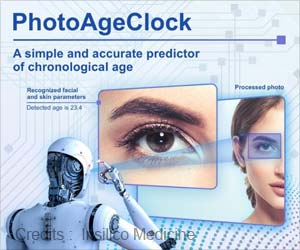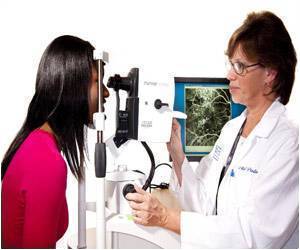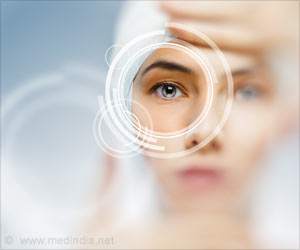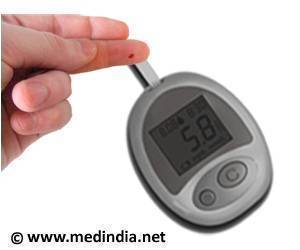A recent study shows how the use of artificial intelligence (AI) in eye scans can help identify inherited diseases of the retina.
- Artificial intelligence (AI) has many applications in healthcare, with the newest one being in detecting rare eye disorders
- A recent study has used AI called Eye2Gene to identify eye disorders from retinal scans
- Scientists hope to incorporate Eye2Gene as part of regular eye exams in the future
Can artificial intelligence accelerate the diagnosis of inherited retinal diseases? Protocol for a data-only retrospective cohort study (Eye2Gene)
Go to source).
Outside of specialty centers, there are few doctors with appropriate expertise of these disorders, making effective testing and diagnosis challenging for patients.
However, there is hope as researchers from the United Kingdom and Germany have employed artificial intelligence (AI) to create a system that they hope will enable more broad testing while also improving efficiency.
Eye2Gene: The AI Tool Helping Doctors Discover Inherited Retinal Diseases
Dr. Nikolas Pontikos, a group leader at the UCL Institute of Ophthalmology and Moorfields Eye Hospital in London, UK, will present his team's development of Eye2Gene, an AI system capable of identifying the genetic cause of IRDs from retinal scans, at the annual conference of the European Society of Human Genetics.“Identifying the causative gene from a retinal scan is considered extremely challenging, even by experts. However, the AI is able to achieve this to a higher level of accuracy than most human experts,” says Dr. Pontikos.
The researchers were able to utilize Moorfields Hospital’s vast database of information on IRDs, covering over 30 years of research. Over 4000 patients have received a genetic diagnosis as well as detailed retinal imaging at Moorfields, making it the largest single-center dataset of patients with both retinal and genetic data.
Eye2Gene has Higher Accuracy than Human Phenotype Ontology
The identification of the gene responsible for retinal disease is frequently guided by the patient's phenotype as defined by the Human Phenotype Ontology (HPO).To help scientists and doctors to communicate more effectively, the HPO incorporates the use of standardized and structured explanations of medical words of a patient's phenotype, which are observable characteristics of an individual arising from gene expression.
The researchers tested Eye2Gene on 130 IRD cases having a known gene diagnosis, retinal scans, and extensive HPO descriptions and matched their HPO gene scores to the Eye2Gene gene scores. They discovered that Eye2Gene delivered a rating for the correct gene that was higher or equal to the HPO-only score in more than 70% of situations.
Before it can be used more widely, the system must first receive regulatory permission to establish its safety and efficacy. This future use of AI has the potential to become a more effective, less invasive, and more widely available method of diagnosing patients and improving their management and treatment.
“We need further evaluation of Eye2Gene in order to assess its performance for different types of IRD patients from different ethnicities, different types of imaging devices, and in different types of settings, for example, primary vs. secondary care. Clinical trials will be required before our system can be deployed in clinics as medical device software,” says Dr. Pontikos.
“We all know that a picture is worth a thousand words, so we had some expectation that retinal scans interpreted by AI could outperform HPO terms only. But we were still pleasantly surprised to see that, even when quite specific HPO terms were used, Eye2Gene could still do as well or better than an HPO-only approach. We hope that AI will help patients and their families by making specialist care more efficient, accessible, and equitable,” he will conclude.
Professor Alexandre Reymond, chair of the conference, said: “While real-life experts are essential, the use of AI will help in mitigating biases and will allow diagnoses for all in the future.”
Reference:
- Can artificial intelligence accelerate the diagnosis of inherited retinal diseases? Protocol for a data-only retrospective cohort study (Eye2Gene) - (https://bmjopen.bmj.com/content/13/3/e071043)
Source-Medindia















